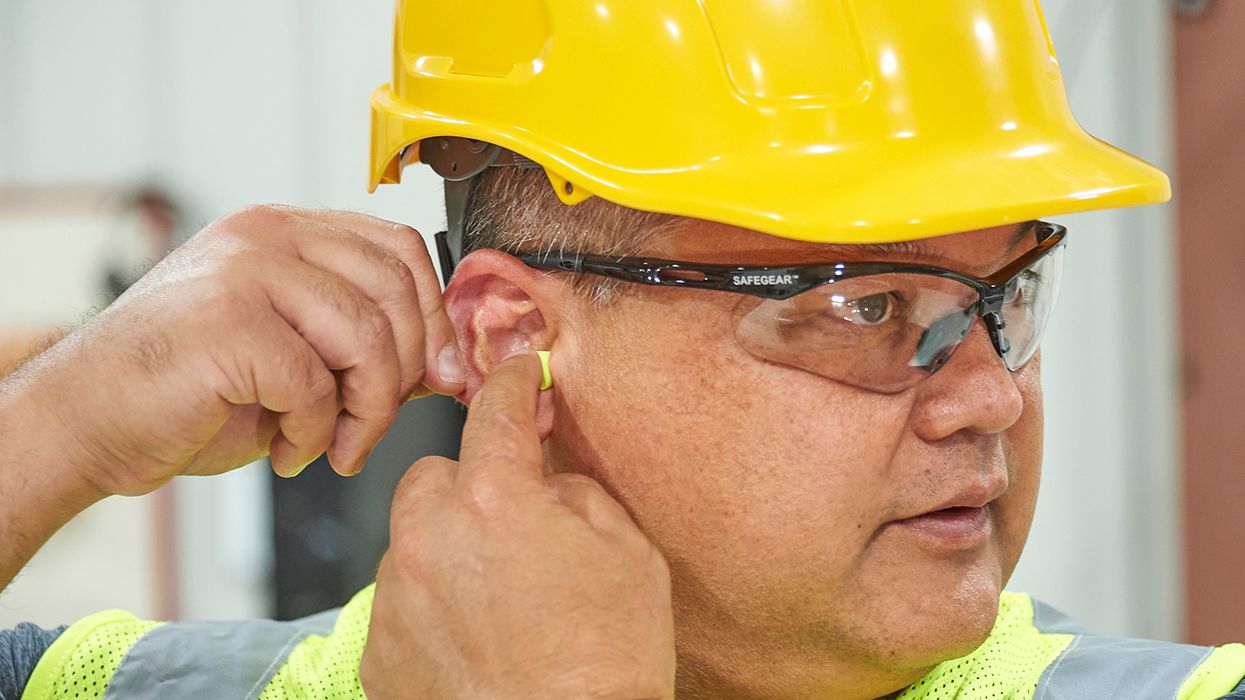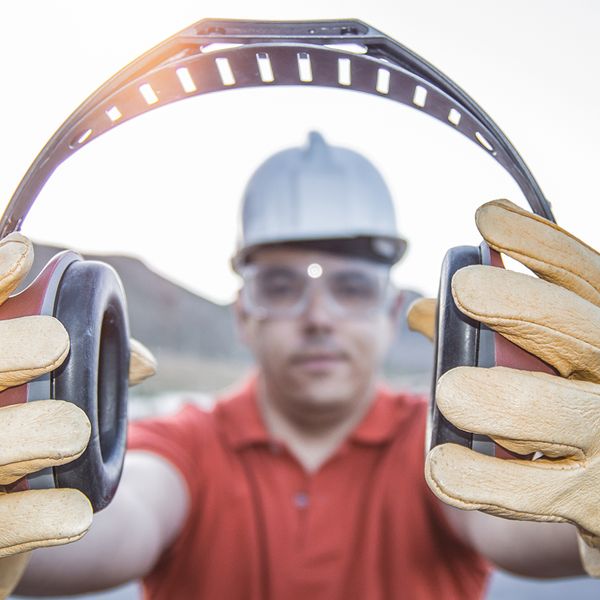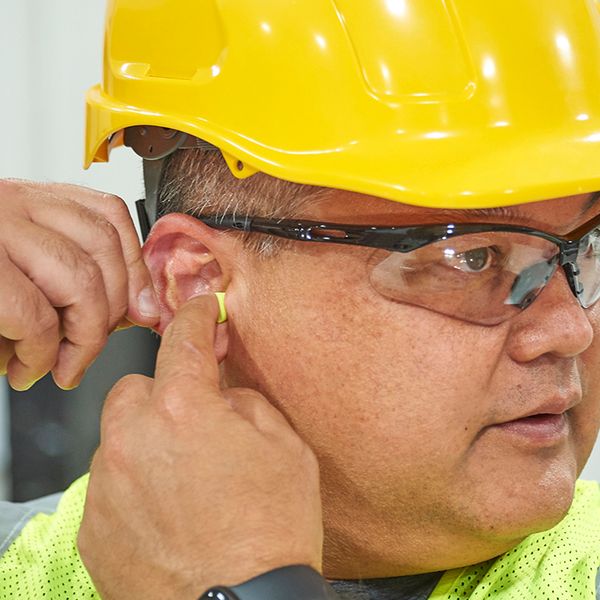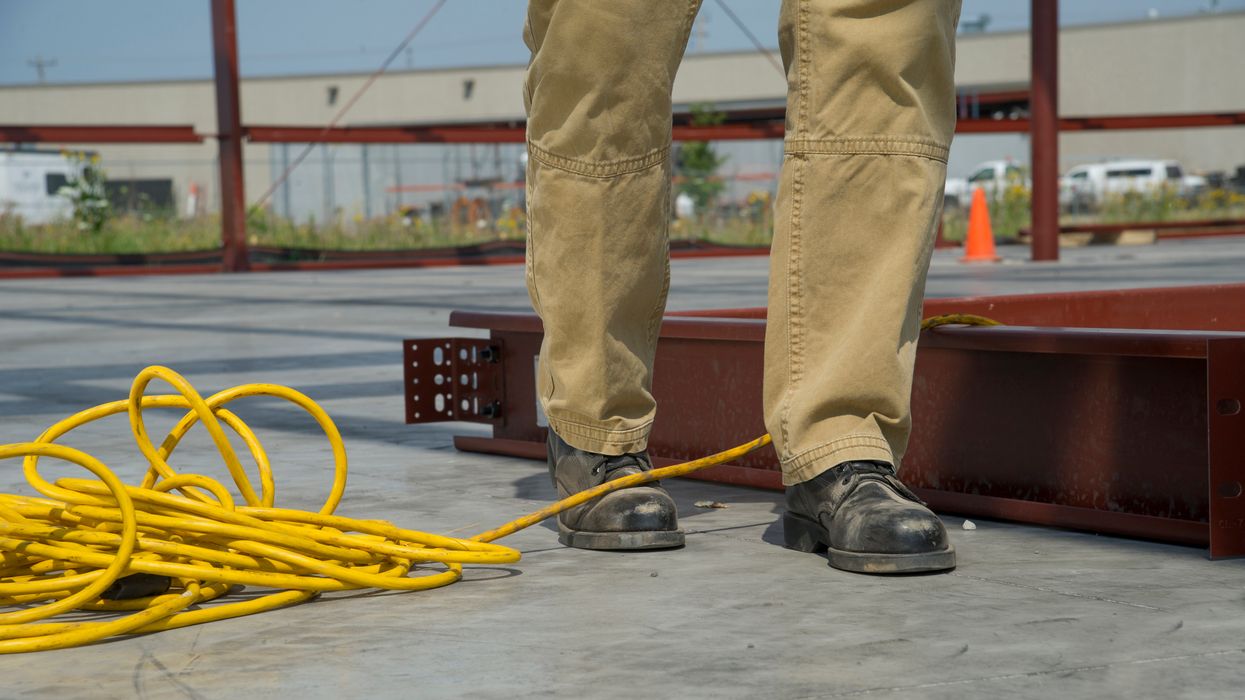Hearing protection devices and noise reduction ratings
Occupational hearing loss is among the most common workplace injuries. The Centers for Disease Control and Prevention (CDC) estimates that more than 22 million workers are exposed to hazardous levels of noise at work.
To help prevent permanent hearing damage caused by excessive noise, the Occupational Safety and Health Administration (OSHA) requires employers to measure noise in the workplace and to provide various types of protection to exposed workers. If engineering controls fail to maintain an eight-hour time-weighted average (TWA) below 85 dBA, OSHA’s standard 29 CFR 1910.95 requires the use of hearing protection devices (HPDs).
Employers must provide employees with a selection suitable hearing protector types. Hearing protective devices must adequately reduce the noise level for each worker’s environment. All hearing protectors sold in the U.S. are required to be labeled with a noise reduction rating, or NRR. The NRR is meant to indicate the level of protection offered by the device.
Using NRR to determine device effectiveness
How should the NRR be used to evaluate the effectiveness of an HPD? OSHA offers a couple easy formulas to help determine appropriate noise control.
For single protection (e.g., earmuffs or ear plugs worn alone), calculate the below. (For definitions of A-weighted and C-weighted TWA, see 29 CFR 1910.95 Appendix A.)
1) Determine the noise exposure level. This can be done using a dosimeter or similar device.
2) Determine the NRR of the HPD. This number should be listed on the device’s packaging.
3) Because OSHA recognizes that NRRs are based on noise reduction in a controlled environment with perfectly fit hearing protection devices, they have added a 50% reduction factor to represent real world use and ensure the best protection. This correction factor is included in the calculations below.
a) Subtract the NRR from the C-weighted time-weighted average of the workplace noise level:
Exposure (dBA) = TWA (dBC) – NRR
b) If C-weighted noise level data is not available, A-weighted data may be used, but requires subtracting 7 dB from the NRR:
Exposure (dBA) = TWA (dBA) – (NRR-7)
So, if the time-weighted average is 90 dBA, and the NRR of the device is 30, estimated exposure is 90 – (30-7), or 67 dBA.
c) Applying the OSHA 50% correction factor looks like this:
Exposure (dBA) = TWA (dBC) – [NRR x 0.5], or for A-weighted
Exposure (dBA) = TWA (dBA) – [(NRR-7) x 0.5]
Again, using the numbers from above, if the TWA is 90 dBA, and the NRR of the HPD is 30, then 90 – [(30-7) x 0.5] = 90 – 11.5 = 78.5 dBA.
Including HPDs in your hearing conservation program
Keep in mind that HPDs can be worn in combination, such as earplugs and earmuffs together, which would offer even greater hearing protection. Using two forms of protection generally brings the protection level up by about 5 dBA when devices are worn properly.
Hearing protection devices are just one of many critical components of a comprehensive hearing conservation program. Understanding noise reduction ratings of HPDs can be yet another tool in an employer’s toolbox for protecting their workers from a disabling condition that is irreversible, yet preventable.
Keys to remember
If workers are exposed to high levels of noise in the workplace, employers must provide hearing protection. Hearing protection devices (HPDs) such as earplugs or earmuffs are one tool that is available to help preserve workers’ hearing. The noise reduction rating, or NRR, allows employers to estimate the effectiveness of an HPD.



















































